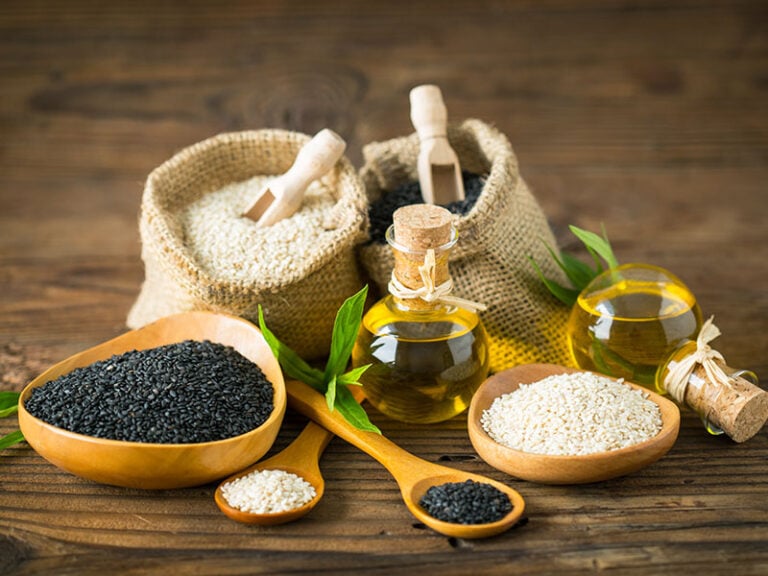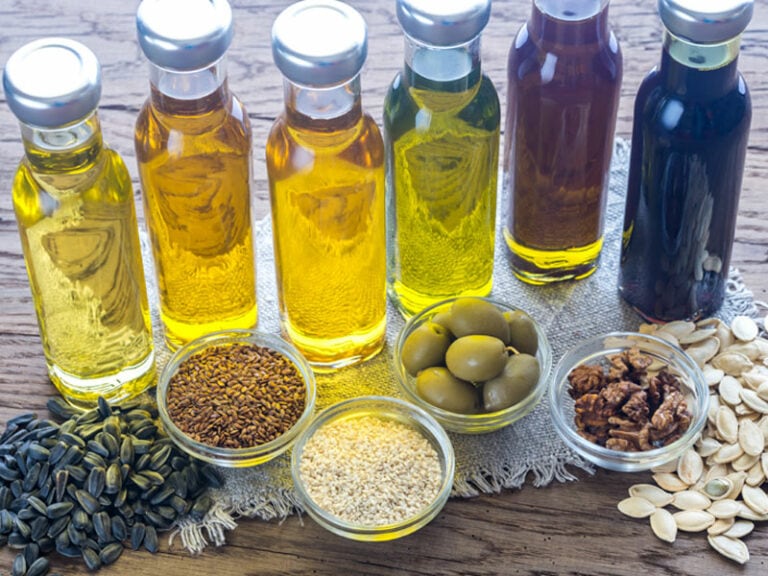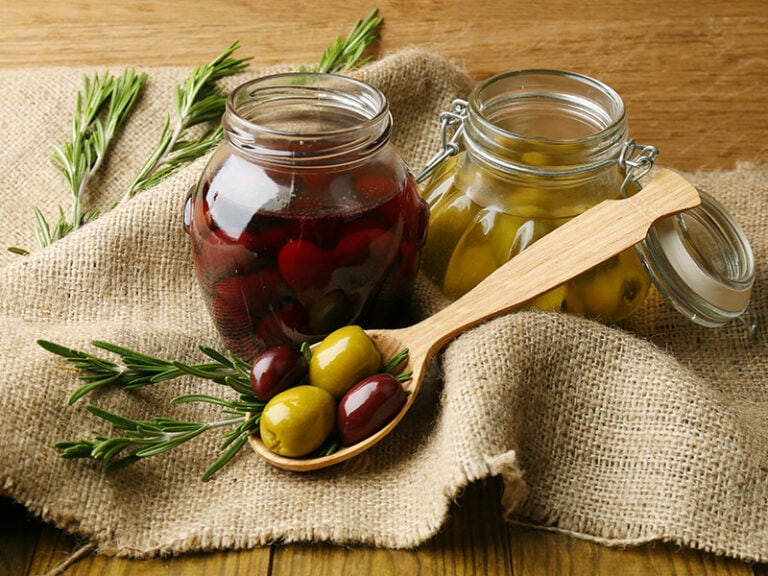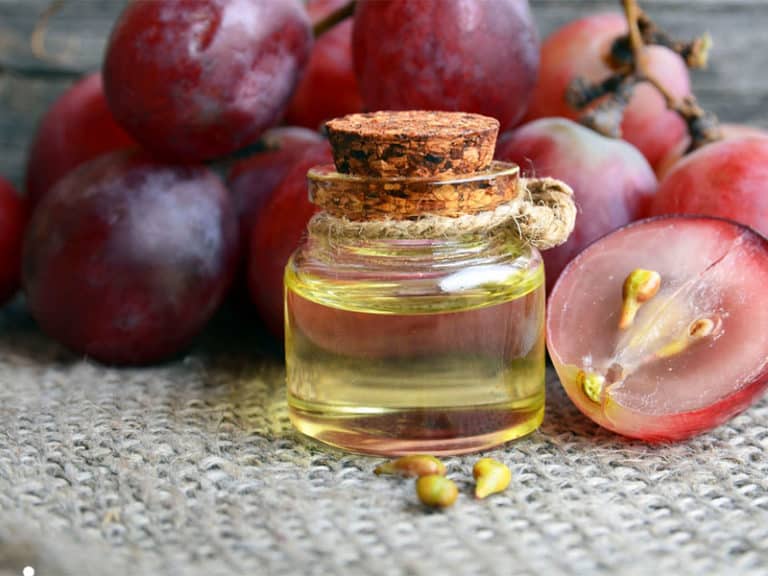Kalamata olives vs. black olives? How often has this question appeared in your mind? I’ve seen many people ponder this matter when choosing between these two products. So, here I am with my detailed article to help you with your shopping.
You may not have thought, but Kalamata olives and black olives have many differences. Some are obvious, while the others will leave you in awe. Knowing these differences will help you have an easier cooking time with these two olives.
Let’s get started!
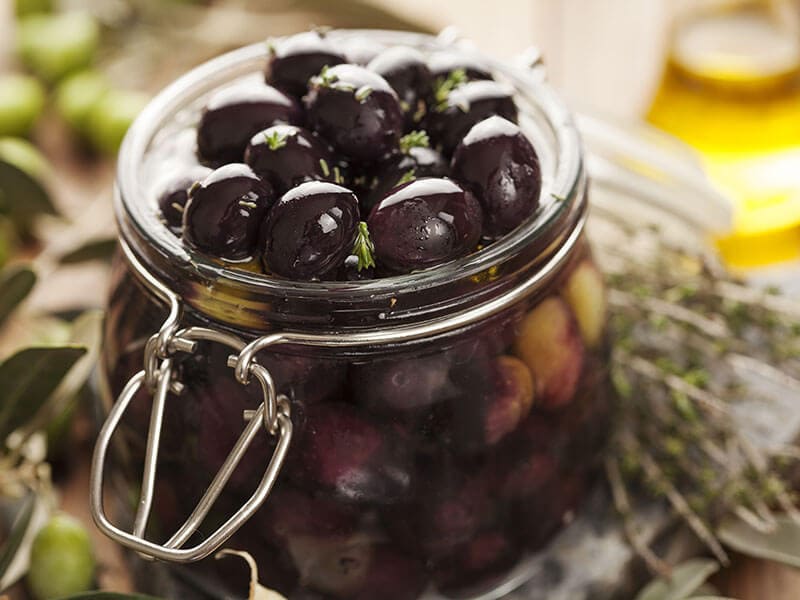
General Information About Kalamata Olives
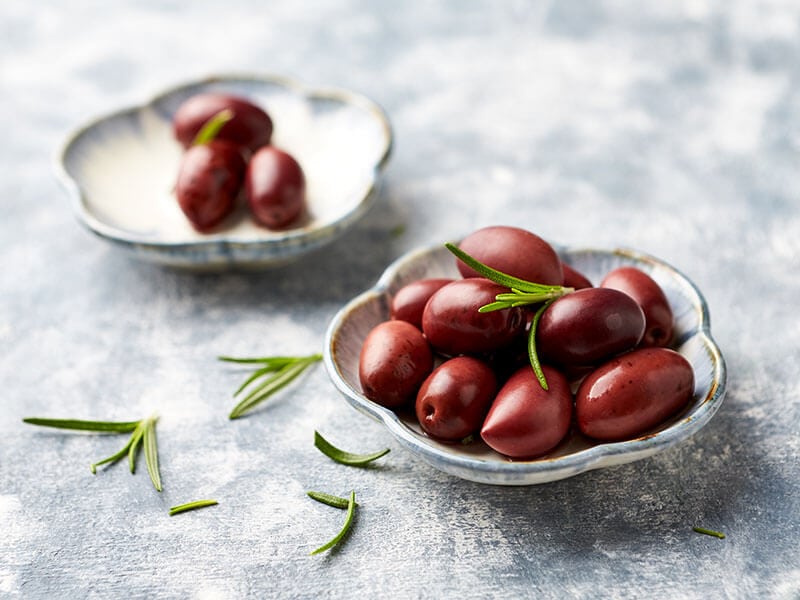
Kalamata olives are one of the most well-known Greek fruit types (+ Greek Fruits). They are well-known worldwide for their distinctive wine-like robust taste, fleshiness, and, most importantly, nutritional value.
These olives use a careful picking procession to protect their outlook and flavor. They are often served soaking in wine vinegar or olive oil with a deep lilac tone.
What Are Black Olives?
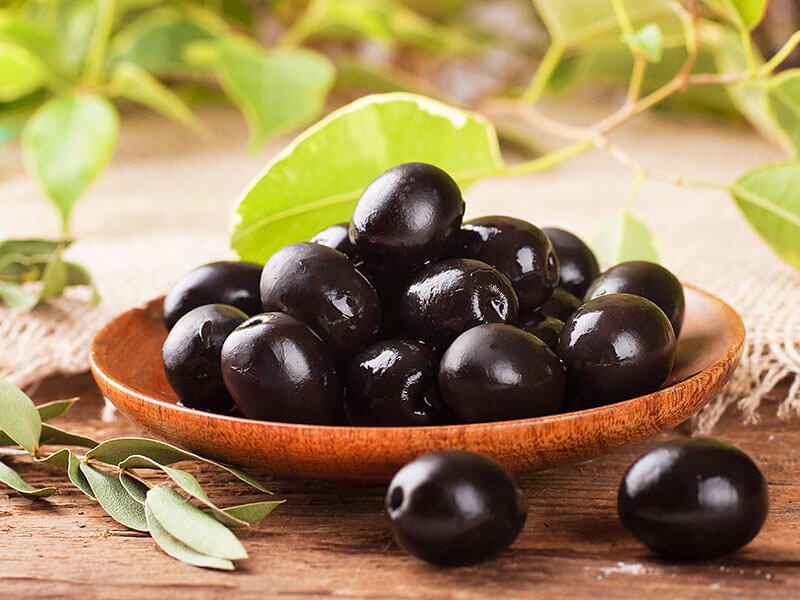
Unlike Kalamata ones, “black olives” refers to any olives black in color. Thus, you can see various black olives in different forms and sizes.
Their flavors also range from clearly sour and salty to sweet. They appear in daily recipes thanks to their versatile and healthy usage.
Kalamata Olives Vs. Black Olives: Comparison Chart
Now you know about Kalamata and black olives. Let’s dive deeper into their similarities and differences. Before getting to the details, let’s look at the table below for a quick review.
Unknown Similarities Between Kalamata And Black Olives
You all know these two are both olives. But do they share other characteristics? The answer is yes. Scroll down for more information now!
Culinary Usage
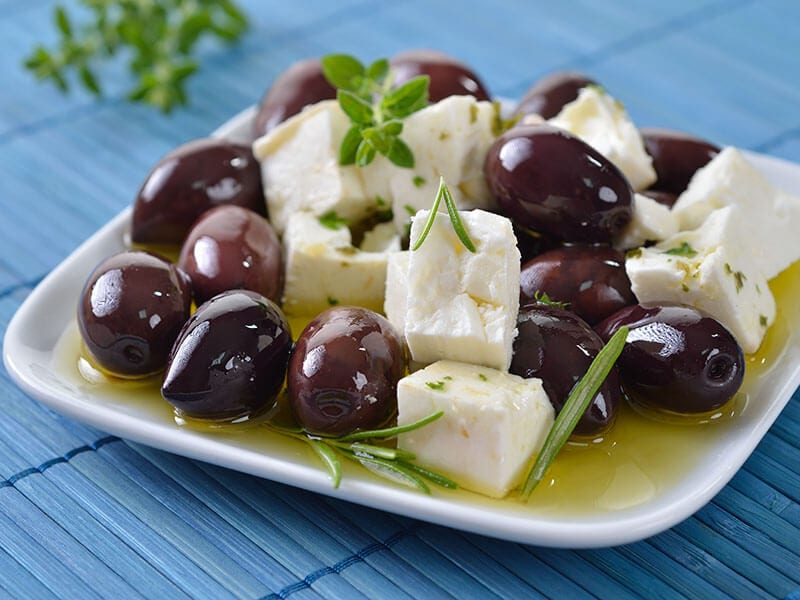
Kalamatas will add robust, stand-in touches to your cuisine with their characteristic savory flavor. Meanwhile, many favor black olives for their milder, less salty taste, which is suitable for being a background in many cooking recipes.
Even so, you could use both of them with similar culinary intentions:
- Salad, pizza, pasta: Served as toppings that add a salty, meaty note to the dishes.
- Appetizer or snack: Choose a high-quality olive oil (+ Best Olive Oil) to immerse these olive types, they become yummy, healthy crunching for your diet.
- Tapenade: Blend them with your favorite choices of ingredients in the food processor for a refreshing spread on bread.
- Bread: Mince and mix them into the dough for a fresh olive loaf.
- Wine/cheese platter: They pair nicely with wide varieties of wine and cheese, such as Feta/Fontina cheese and Pinot Noir wine.
- Charcuterie board: Since both go well with various cheeses and wines, they are ideally served on a charcuterie snack board.
You and your family will love this black olive Tapenade (black olive spread) recipe!
Storing
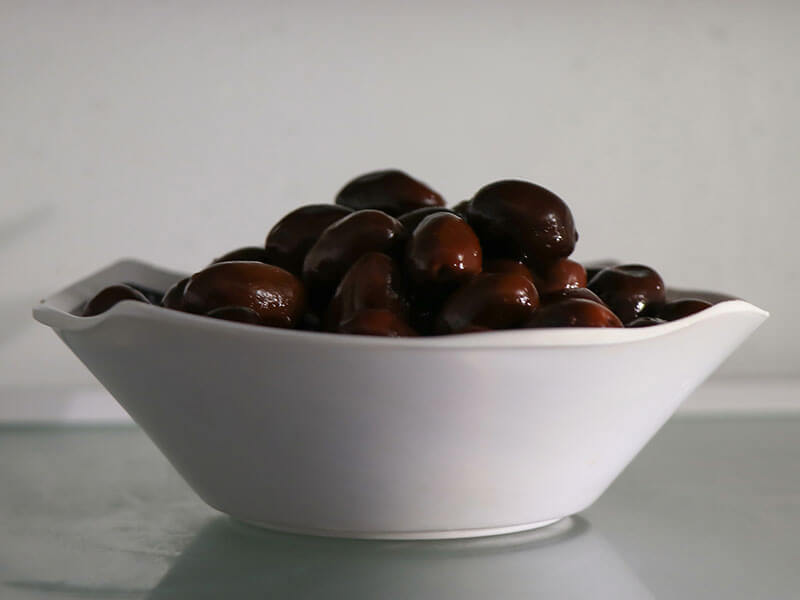
You know that the storing method will determine whether your olives can get spoiled (+ Do Olives Go Bad). So, keep the olives in a cool, dry area away from direct sunlight. They can endure 3-6 months remaining unopened (after “Best by” dates – or peak quality time printed on the package).
Once unsealing, preserving them in a fridge is recommended – they can stay up to a year. If not, these olives will only last about 1-3 weeks.
All About The Differences Between Kalamata And Black Olives
The main part has come! Here, I’ll provide the most detailed information about how Kalamata and black olives differ from each other. This way, you won’t have any hesitation when choosing between them.
Origin
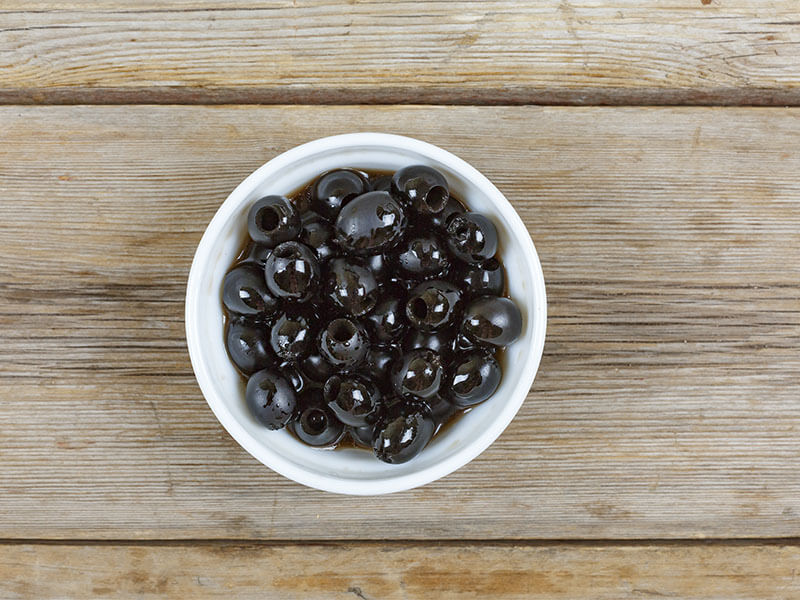
At this point, you may realize Kalamatas are a type of black olives. As I’ve mentioned above, black olives are all olives with black color, so they can grow anywhere with suitable climates. People mainly find them in hot countries in the Mediterranean or Greece.
In contrast, Kalamata means an olive type from a particular area: Kalamata, Greece. But that doesn’t mean every olive grown in Kalamata is Kalamatas. Only those harvested when ripe count. (1)
Harvesting
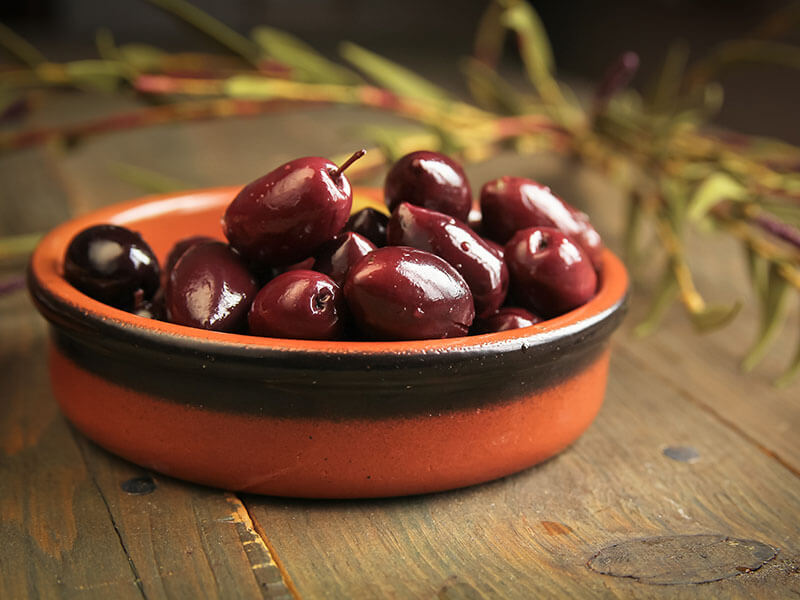
People can only harvest Kalamata olives when they are already ripe. It should not be too soon, or they will become bitter. Too late is not right either since the quality is affected. And you have to hand-pick them to avoid bruising and ensure the highest quality.
In contrast, you can pluck black olives when fully ripened or immature. For the latter, the manufacturers will let them go through oxidation solution and color enhancement to reach the expected pitch-black color. They can be harvested by hand or by machinery.
This closely examines how people harvest Kalamata olives.
Appearance
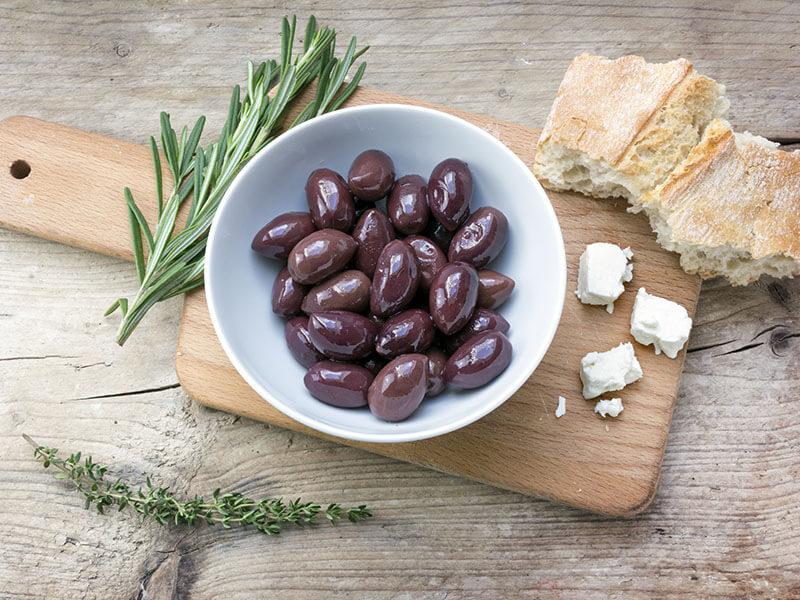
When fully ripened, Kalamata olives are almond-shaped and somewhat longer, bigger than black olives. They also wear a deep velvet plum shade, sometimes more brown.
Black olives are rounder, smaller, and entirely black when completely grown. However, you may find black olives in different sizes and shapes in supermarkets, from rather small to fairly big ones.
Taste
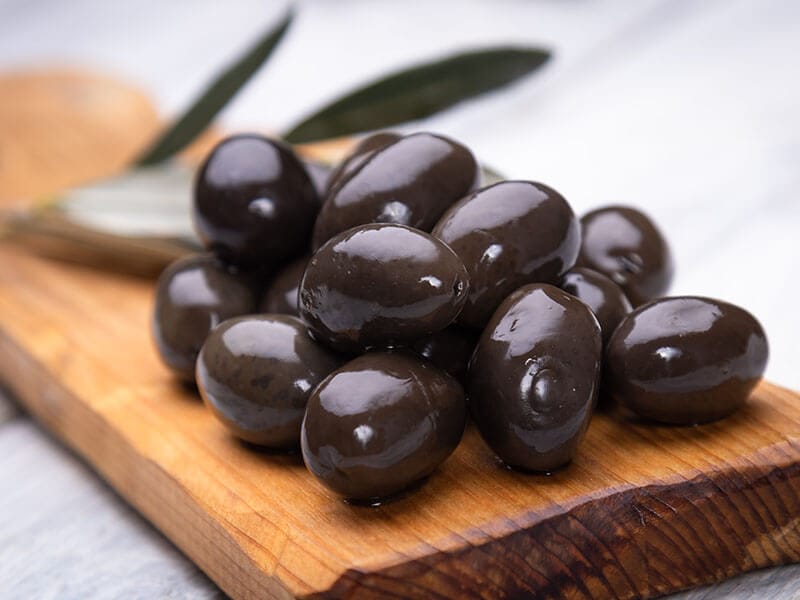
Both are bitter and nearly inedible when unmatured. When ripened, both need to be debittered by curing, which brings up two unique flavors after the process.
Kalamata olives are much stronger than black ones. They have a signature bitter, smoky, deep, and fruity flavor, with a wine-like aftertaste since people often cure them in red wine vinegar and olive oil. When eating them, you’ll feel a sharp note that no other olives have.
Black olives are less intense than Kalamata ones, and their flavors vary greatly depending on the varieties. Some certain kinds are even sweeter, while others can be saltier. If you aren’t used to olives, you should opt for sweet ones.
Also, since black olives are mostly artificially ripened, they are somewhat less fruity. However, both flavors may alter based on the herbs used during brining.
Texture
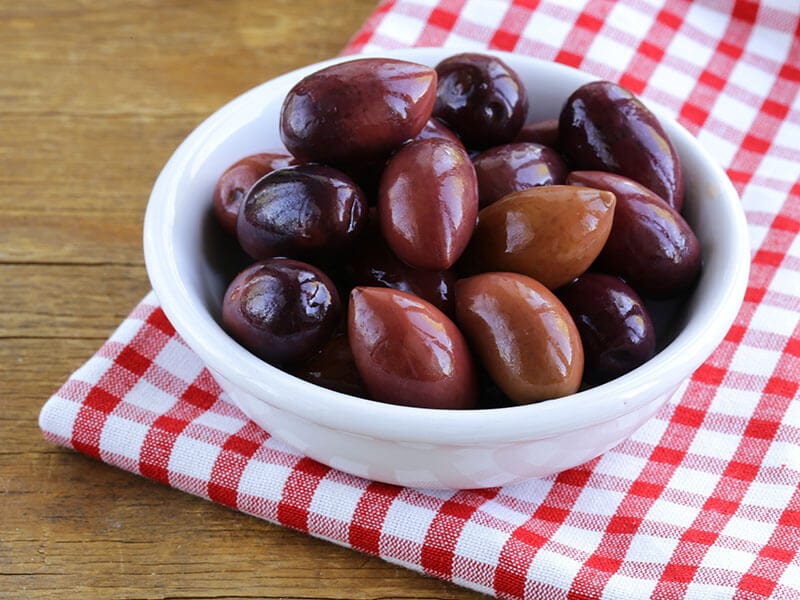
Kalamata olives are so soft that their flesh will instantly melt in your mouth when eating. And they are generally meatier than black olives since they are bigger. Those with deep purple color are plumper than others.
Black olives are chewier and tougher, yet their texture may vary due to the curing procedure. Some people even compare them with green olives due to their hard and rubbery skin.
If I have to compare Kalamata and black olives in one sentence, it’s like well-cooked pasta and al-dente.
Curing
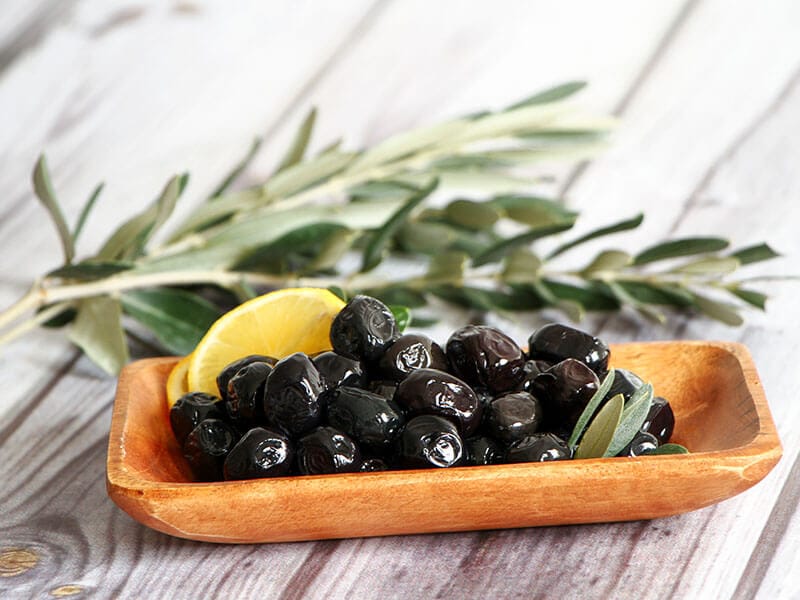
There are various methods to cure these olives: water, brine, (salt) dry, and lye curing. But the curing methods for each type differ significantly.
Kalamata olives have two common curing methods. The first is soaking them in plain or salty water until they lose all their bitterness. After that, move them to a brine made of vinegar, olive oil, and lemon wedges. This way takes less time, only seven days.
The other method is more time-consuming, requiring about 90 days to complete. With this, you’ll soak Kalamata olives in a strong salty solution.
Meanwhile, black olives are often cured with lye, an alkaline solution. During this process, people will add more iron to protect their color. Then, at the last step, carbon dioxide will be added to the solution before they seal and steam the whole product.
Here is the best way to brine your black olives.
Nutrition
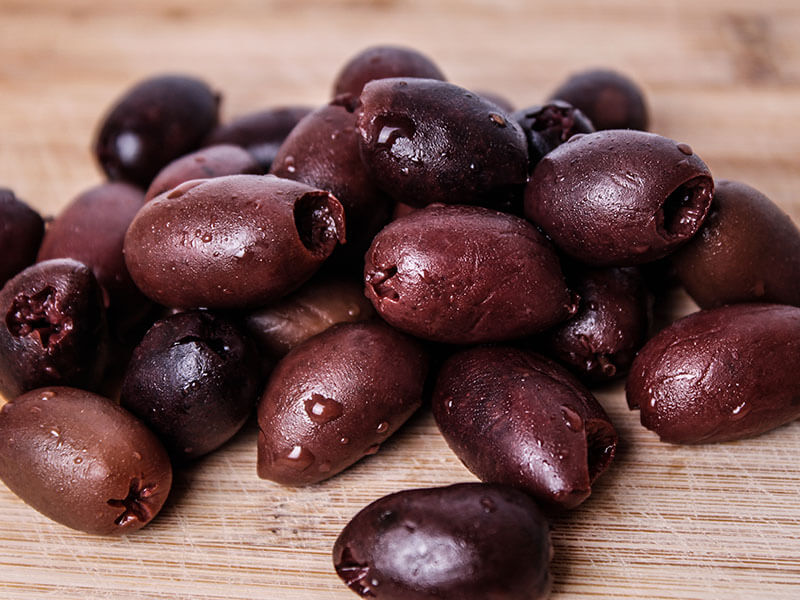
Both bring the daily-essential amount of healthy fat and dietary fiber. They are also rich in antioxidants and have a few carbohydrates and no cholesterol, suiting a keto or low-carb diet.
In particular, Kalamata olives possess more vitamins and minerals, like iron, potassium, and sodium. On the other hand, black olives are far less in calories and fat than approximately one-third of Kalamatas.
Detailed nutritional values of them present below:
Pricing
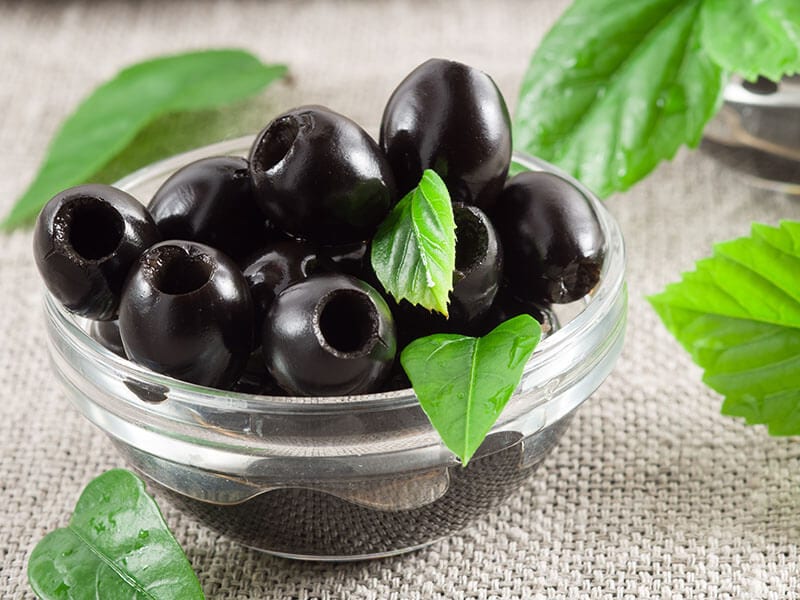
Since Kalamata olives require a carefully hand-picked process when harvesting, it is easy to see why they come at a fairly high price. As black olives are more common, they appear to be relatively more affordable.
Can You Use Kalamata And Black Olives Interchangeably?
Yes, you can! They are interchangeable when it comes to cooking. When using black olives to replace Kalamatas, you’ll need to add more salt or seasonings since the former are milder. The best option will be Geta black olives since they have quite a strong flavor.
In contrast, if using Kalamatas as a substitute, remember to reduce the salt since they typically contain higher amounts of sodium.
However, you can’t switch them in all dishes. For example, while mild black olives are a nice finishing touch for your pasta, Kalamatas may ruin the dish with their savoriness.
3 Wonderful Recipes With Kalamata Olives
Kalamata olives appear in many dishes. So, in this part, I’ll introduce some of the best recipes with these olives. They are so easy that even a cooking beginner can succeed.
Tzatziki Potato Salad With Kalamata Olives
This Tzatziki potato salad is the best way to start your summer party (+ Summer Appetizers). The signature flavor of Kalamata olives pairs perfectly with creamy Greek yogurt, sour lemon, and refreshing cucumber. Since the olives and Feta cheese is salty enough, use only a moderate amount of salt.
Ricotta Crostini With Spicy Kalamata Olives
Crostini is also a well-loved appetizer for any Italian meal (+ Italian Appetizers). It often includes a bread slice with several toppings. This time, I’ll use Kalamata olives. Aside from the familiar flavor, you can feel some spiciness from red pepper flakes.
Vegetarian Mediterranean Pasta With Feta And Artichokes
If these previous two are an appetizer, this pasta is 100% a nice main dish to fill your stomach. Since it’s a vegetarian dish, make sure to keep all your ingredients adhere to this diet. Aside from Kalamata olives, you can also use green olives to liven up this pasta.
How About Turning Black Olives Into Wholesome Dishes?
Black olives are already delicious on their own as many eat them as a midday snack. But do you know you can elevate their flavor with these recipes?
Garlic Black Olive Tapenade
The first recipe with black olives people think of will be Tapenade. This France-originated dish (+ French foods) is basically a spread made with pureed/chopped ingredients. And the main component here is black olives with their lovely flavor, enhanced by garlic and parsley.
Mexican Tortilla Roll Ups
If you want some cheesy, tangy starter, don’t skip this recipe! These tortilla rolls full of cream cheese and cheddar cheese will wake your taste buds with their exquisite flavor. Since this dish needs at least 2 hours of chilling, you should make it in advance.
Black Olive Hummus
If Tapenade is a spread, this hummus is a dip. Olive hummus often uses green or black ones with different ratios between olives and garlic. While fresh olives promise the best quality, you can still use canned ones. Remember to choose those without pits.
FAQs
You’ve known everything about their similarities and differences, but you still aren’t satisfied. Don’t worry! With these common questions about these olives, all your problems will be solved in no time.
Able To Distinguish Kalamata Olives From Black Olives Now?
I Hope you find it easier to detect them when they show up on your table. If you are wondering what types to choose for your next family meals, I suggest just giving them both a try and finding out your preference!
How do you eat them? How are your taste experiences? You could share them in the comment section. I believe your experience would be a great help for others too. And don’t forget to share this article with anyone who needs help. See you next time!
References
- En.wikipedia.org. 2022. Kalamata olive – Wikipedia. [online] Available at: <https://en.wikipedia.org/wiki/Kalamata_olive>
- FoodData Central. 2022. [HISTORICAL RECORD]: KALAMATA OLIVES, PITTED. [online] Available at: <https://fdc.nal.usda.gov/fdc-app.html#/food-details/589246/nutrients>
- FoodData Central. 2022. [HISTORICAL RECORD]: RIPE PITTED MEDIUM ORGANIC BLACK OLIVES. [online] Available at: <https://fdc.nal.usda.gov/fdc-app.html#/food-details/803005/nutrients>

